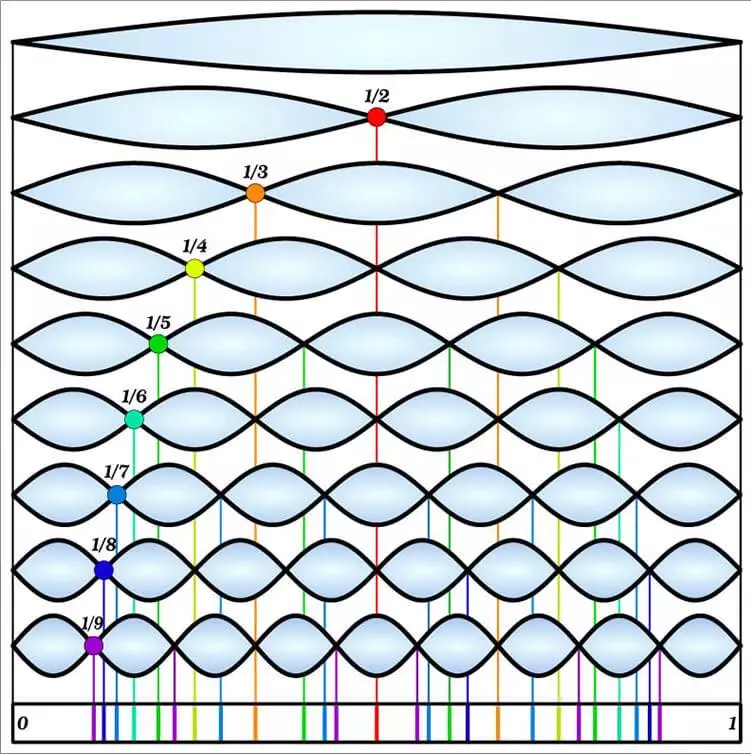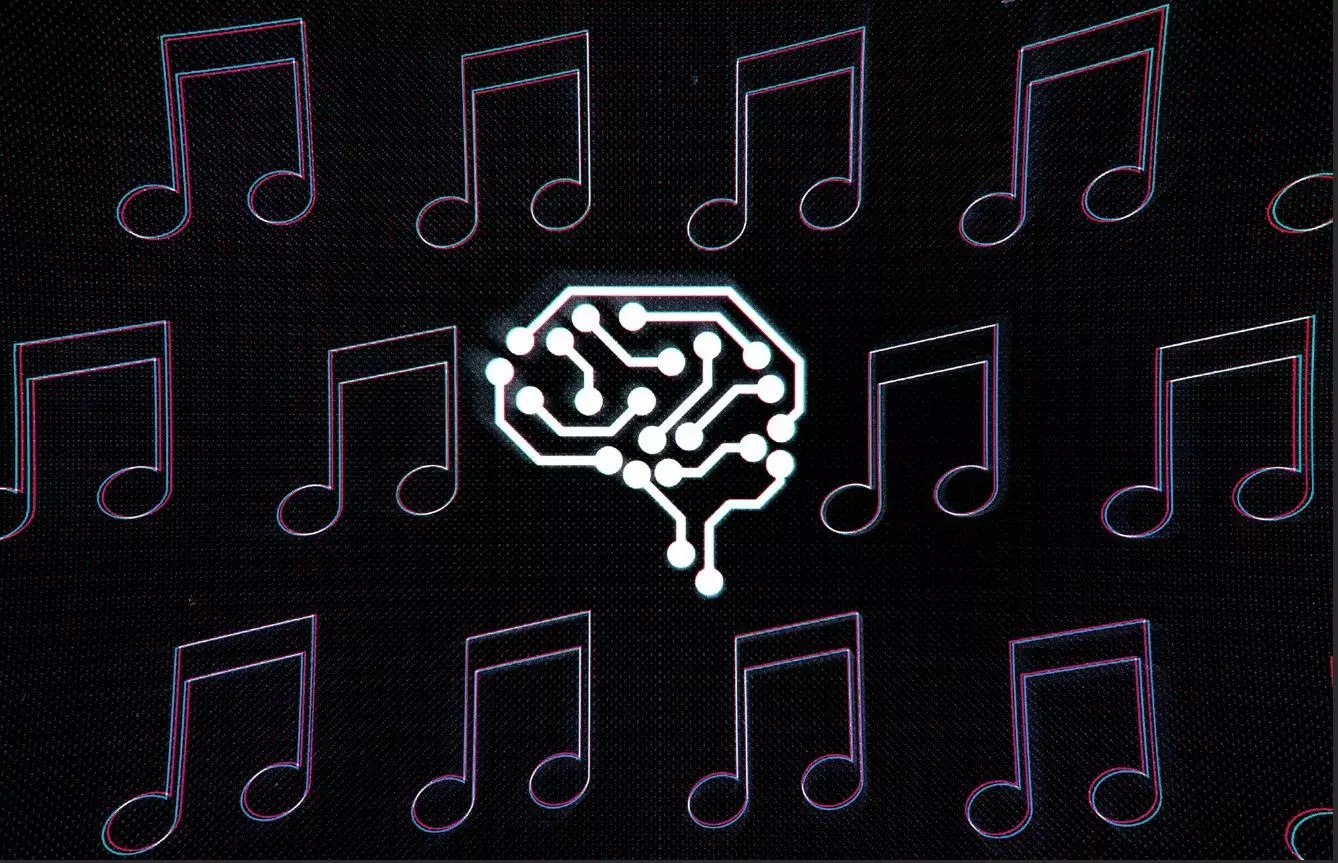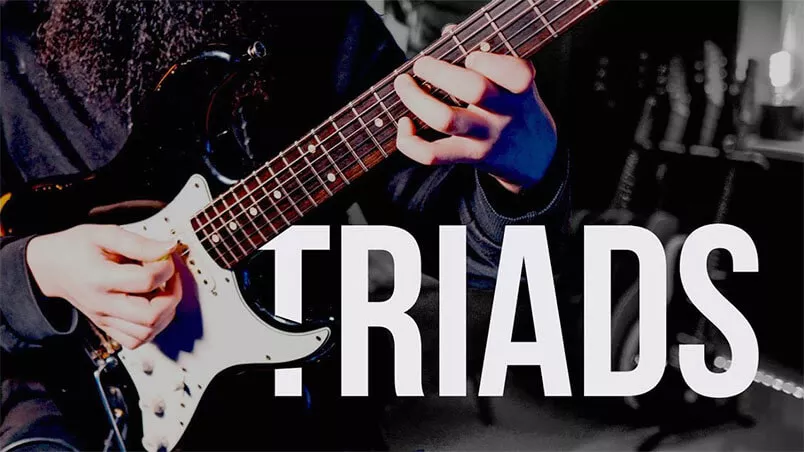What are harmonics

There is a close relationship between music and physics in the field of sound. The starting point of consideration is the so-called overtone series, which describes that a sound consists of several individual tones found in certain physical contexts.
Probably the most important overtone series is the natural tone series of harmonics, consisting of overtones whose frequency is an integer multiple of the fundamental tone. This primarily makes it possible to create a range of tools. The technique of playing is also based on this.
Harmonics are the basis of sound coloring. A musical instrument has a unique timbre, which is generated by harmonics, by overtone. That is why people hear differences in how the piano sounds with the guitar and saxophone. What are harmonica in music, overtone, part – it will be described below.
Terminology
It is necessary to know the description of a number of basic terms for the most complete disclosure of the topic. Harmonica in music is the name of each tone in the natural sound range. The tone differs from the main, first component of the sound range.
An overtone is any frequency that exceeds the fundamental sound frequency. The highest tones that arise from the lowest note or fundamental one are overtones.
Harmonic distortion is distortion that is a multiple of the fundamental signal. A harmonic oscillation is an oscillation in which the magnitudes of motion vary by sine or cosine. A harmonic balancer is a one-time sound interval, and a harmonic series is a series of sounds that are in different ratios with each other.
Harmonics characteristics
Harmonics are divided conditionally into types according to their characteristics. Musicians share it by serial number with musical frequency and sequence. According to the well-known characteristics:
- The ordinal harmonic number is a number that indicates the amount of frequency excess from the harmonic basis;
- The harmonic frequency determines the indicator, which is determined by multiplying the serial number by the fundamental frequency of 50 Hertz.
According to the sequence, the tone in each sound row has a direct, reverse, zero sequence. The fourth, seventh, tenth, thirteenth sound coloring forms a symmetrical tension of direct sequence. That is, it coincides with the sequence of the first harmonic phase. The second, fifth, eighth, eleventh, fourteenth forms tension of reverse sequence relative to main frequency. The third, sixth, ninth, twelfth coincides with the zeroth order of the phase sequence. As a result, a symmetrical zero-sequence system is formed.
Harmonics diagram
Harmonics, overtones are sinusoidal oscillation. The harmonic diagram shows the change in air pressure on a person’s hearing. Air pressure changes up, down and periodically. The air pushes harder and weaker. The impact is small. A series of oscillations occurs rapidly: hundreds of sound shocks occur per second. Due to such periodic vibrations, a person perceives sound.

Series of harmonic overtones
Harmonic overtone is a set of additional sounds in the upper range. Their frequency is a multiple of the fundamental tone. If the frequency of the overtone oscillations goes beyond the brevity of the fundamental tone, we are talking about a non-harmonic overtone. It is a strong difference between the sound of the main and the additional sound. The difference arises during the vibration of large strings. Harmonic overtone is one of the most sought-after concepts in musical terms. Its multiplicity is expressed as an improper and proper fraction. The amplitude of the sound is also taken into account. It is often confused with an indicator of loudness, vibrational frequency, resonant indicator.

Parts, overtones and harmonics
An overtone is any particle that is higher than the lowest in a complex key. The relative strength and frequency ratio of the partial overtone determines the instrumental timbre. The similarity of the overtone and the harmonic particle of the sound series leads to free interchangeable use in a musical context. But, the values are taken into account in different ways. In many musical instruments, upper harmonic tones are allowed to play without root notes. In sound recording, this raises the pitch of the note by an octave. In a number of more complex cases, other pitches are used. In some situations, the use of harmonic tones changes the musical timbre.
Unlike the overtone, harmonica is used to test the tuning of the strings in unison. Both parts of the sound range are a popular means for self-expression, decoration of musical parts. For example, a guitarist enriches a solo with peculiar screeching overtones. Harmonics also look interesting in guitar riffs. They effectively complete the harmonic screeching sounds at the ends of the phrase squares.
On string instruments
Harmonics on string musical instruments, on violins, are produced once. Еhe point of contact with the bow changes to do this, the line is lightly pressed at the nodes or aliquot parts, and the main note is played. Then the entire harmonic scale is sequentially reproduced on an outdated and highly resonant musical instrument by moving the bow from its usual place. The use of it is called sul ponticello. It is better to play notes with a light finger pressure on an open string. When they are produced by light pressure on the various knots of the open strings, this results in natural harmonics. Violinists know that they have a richer, more unusual sound than sul ponticello. They are well aware that the larger the string to the thickness, the greater the output of the upper tones.
Sometimes the part requires the connection of an artificial harmonica. It is created by overtone reproduction on the set musical string. For technique, several fingers on the fingerboard are used. The first is needed to shorten the string to the desired note. The second is required to touch the node that corresponds to the harmonic key.









